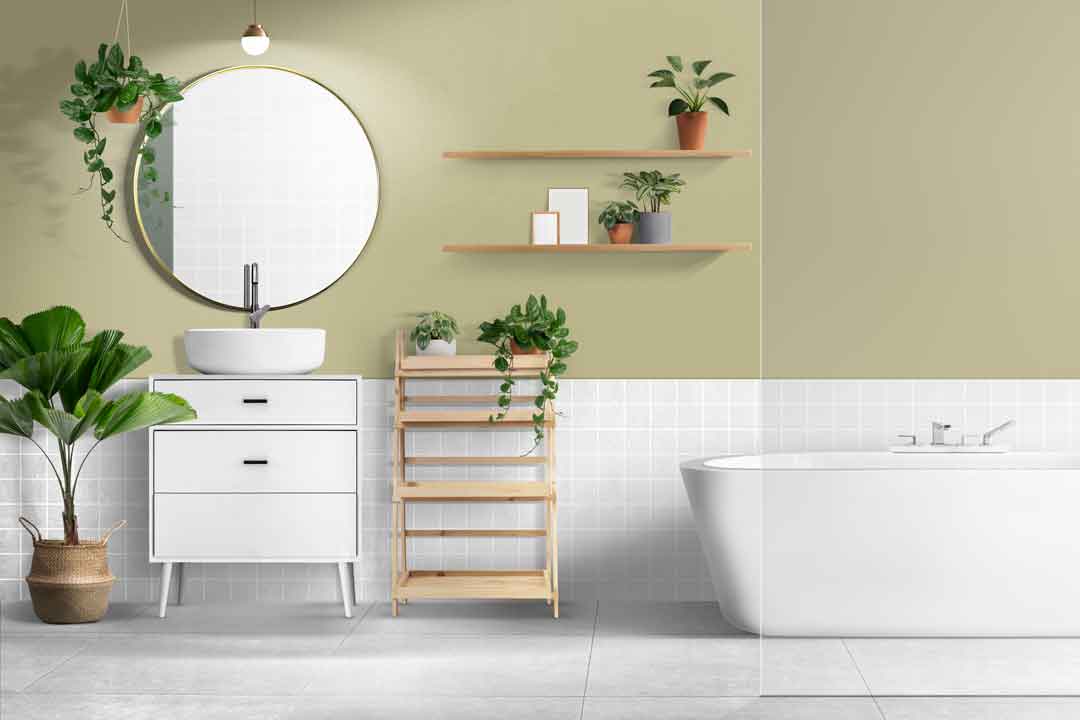
Bathroom extractor and other elements of a ventilation system

superadmin
December 30, 2016
Ventilation systems perform the function of extracting contaminated air from the premises of a building and replacing it by pumping clean air inside through openings, fans, bathroom extractor, etc. To do this, it is necessary to mix the extracted air with new clean air from the outside. In this process, it employs an installation whose main elements are described as follows:
- Extraction and admission openings: are responsible for supplying renewed air or extracting stale air from different rooms. They are located at the ends of the ventilation ducts.
- Ventilation ducts: whether they are circular or rectangular in cross-section, must be designed to produce minimal pressure loss, accumulate as little dirt as possible, and minimize noise that may disturb users. For this, the number of bends cannot be excessive and must be made at 45 degrees throughout the layout. To ensure the correct operation of the installation, the ducts cannot have abrupt changes in their diameter.
- Fans: are responsible for circulating the air into the ducts, creating depressions or overpressures in the surrounding air. This air, when moving through the ducts, faces resistance resulting in a loss of load that must be taken into account in the electrical power calculation of the fan, although this entails an increase in its electrical consumption.
- Heat exchangers. With the incorporation of these devices into the ventilation system, it is possible to recover heat from the extraction of stale air in winter. In summer, they are responsible for cooling the outside air that is pumped into the rooms. All this contributes to increasing the energy efficiency of the installation and the comfort levels of users.
- Extractors. Extractors are small electrical devices used to air and ventilate certain rooms within a house. Bathroom extractors are particularly useful as they help reduce mold and bad odors. They also help to keep the walls, ceilings, and joints in good condition by evacuating air to the outside and preventing condensation.
The Technical Regulation of Thermal Installations in Buildings (RITE) establishes a series of norms that must be met in the case that the ventilation installation is exposed to the elements:
- Preferably, ducts will be placed with oval or circular cross-sections. Rectangular ducts often deform at the top, creating a concavity where rainwater accumulates. This eventually oxidizes the cladding material of the ducts whether they are galvanized steel or aluminum.
- When thermal insulation is incorporated around the ducts, a material that withstands the action of ultraviolet rays must be used, as not all insulating materials have this property.
- The junction between the joints of the external protection must be executed ensuring its tightness so that rainwater cannot infiltrate inside where the insulating material is located. A thermal insulation that gets wet, especially if composed of fibers, ceases to fulfill its insulating function.
- When ducts are installed on a roof or in any other location where, for maintenance reasons, it is expected that people will circulate, it is necessary to design and install places where they can walk above the conduits to avoid damage caused by foot traffic.

Siber Ventilation
Manufacturer of High Energy Efficiency Ventilation Systems. Siber provides a set of high energy efficiency solutions in wind and mechanically intelligent ventilation, improving the Health, Hygiene, and Comfort of people, being respectful of the environment.
Related posts

air flow
energy efficiency
dual flow ventilation systems
Ventilation systems and components
fans
Constant flow ventilation systems, how do they work?
Constant flow ventilation systems adapt to actual ventilation needs and avoid losses of load or efficiency.

Ventilation systems and components
clean air
air quality
humidity
Air purification
Air Purifiers: Functioning and Possibilities in Our Home
The air we breathe at home can be of poor quality, and for that, we will need solutions like those offered by air purifiers. Are they efficient? We’ll tell you.

